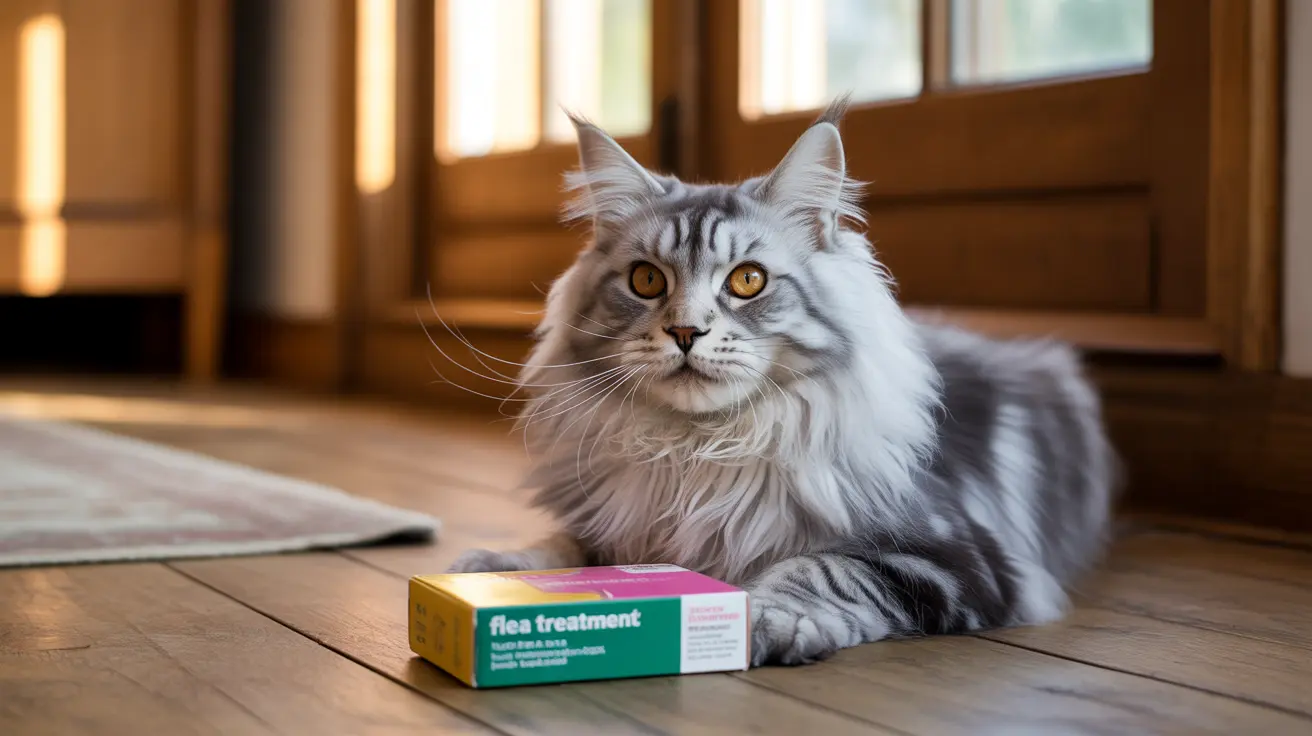Safest Fruits for Dogs: Why Pears Are a Top Healthy Treat
When it comes to feeding your dog fruits, pet owners are naturally cautious. Not every fruit is suitable for dogs, but pears stand out as one of the safest and healthiest options for canine companions—when prepared correctly and given in moderation.
Why Pears Are Safe for Dogs
Pears are non-toxic and offer a wide array of nutritional benefits for dogs. Here's what makes them a suitable and safe fruit for your furry friend:
- Rich in Vitamins: Pears are high in vitamins C and A, key nutrients for immune support, vision health, and skin wellness.
- Good Source of Fiber: Dietary fiber from pears helps regulate your dog’s digestion and supports healthy bowel movements.
- Loaded with Antioxidants: These compounds fight off free radicals and support overall cellular health in dogs.
- Contains Potassium and Copper: These minerals aid muscle function, nerve signals, and metabolic performance.
How to Prepare Pears for Dogs
To keep pears safe and digestible for dogs, follow these key preparation steps:
- Wash thoroughly to remove pesticides and residues from the skin.
- Remove stem, core, and seeds—the seeds contain traces of cyanide and pose choking risks.
- Cut into bite-sized pieces appropriate for your dog's size.
- Feed in moderation as an occasional treat, not as a staple food.
Serving Size Guidelines
- X-Small Dogs: 1–2 small pieces
- Small Dogs: 2–3 pieces
- Medium Dogs: 3–5 pieces
- Large Dogs: Up to 6–7 pieces
Pieces should always be soft enough to chew and swallowed easily to reduce choking risks.
When to Avoid Pears
While pears are generally safe, there are certain situations where they should be avoided or fed with veterinary supervision:
- Dogs with Diabetes: Pears have natural sugars and a mild glycemic index. Sugar intake should be limited for diabetic dogs unless approved by a vet.
- Dogs with Sensitive Stomachs: Pear skin or excess fiber might trigger digestive upset in some dogs.
- Signs of Allergies: Though rare, allergic reactions can include vomiting, itching, or diarrhea.
Fruits to Avoid and Alternatives
While pears are safe, not all fruits are. Here's a list of both safe and unsafe options:
Other Dog-Safe Fruits:- Apples (cores and seeds removed)
- Blueberries
- Bananas
- Peaches (pit removed)
- Watermelon (seedless)
- Grapes and raisins (toxic)
- Cherries (contain cyanide in pits)
- Citrus fruits in large amounts (can irritate the stomach)
Creative Ways to Serve Pears
- Mix chopped pears with regular dog food as a topper for extra flavor and nutrients.
- Purée pears into a fruit smoothie using other dog-safe fruits.
- Dehydrate pear slices for a chewy, preservative-free snack.
- Incorporate into homemade dog treat recipes alongside oat flour or pumpkin.
Red Flags: When Not to Feed Pears
If your dog accidentally eats the core or seeds of a pear, monitor for the following signs and contact your vet if they occur:
- Vomiting
- Diarrhea
- Excessive lethargy
- Difficulty breathing
Conclusion
Pears can be a wonderful treat to enhance your dog’s diet with nutrients and flavor. Remove all harmful parts, serve in moderation, and observe your dog’s response. As always, consult your veterinarian before introducing new foods—especially if your dog has known health conditions or dietary restrictions.





